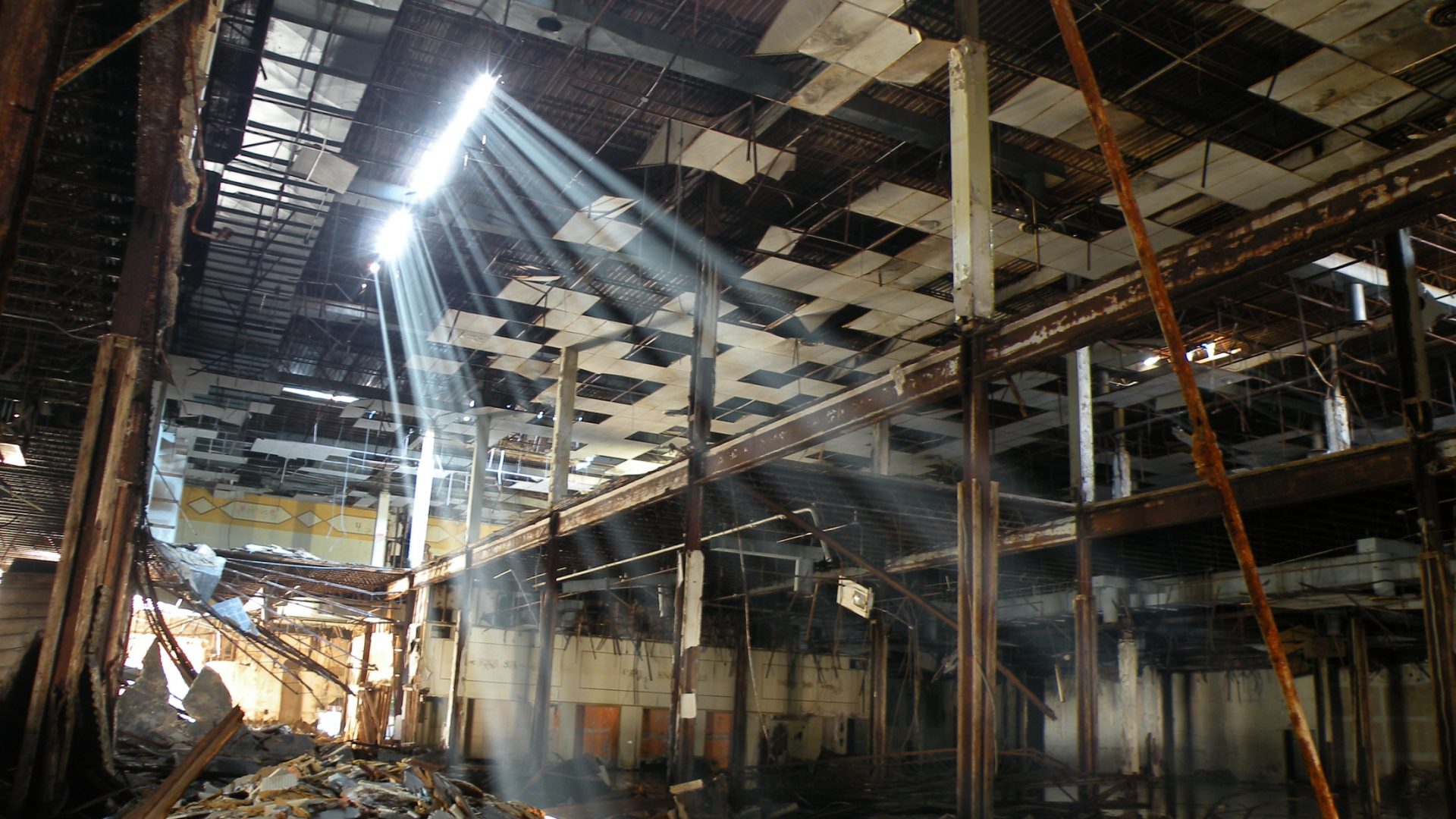| Hood(s) | Near South Side; |
|---|---|
| Location | Cullerton Street on the north, Cermak Road on the south, State Street on the east, Clark Street on the west |
| Lifecycle | 1966 – 1966, Construction; |
| Controlling gangs | Gangster Disciples; |
In the year 1963 Bertrand Goldberg had a grand vision to construct a public housing project that was unlike any of the other high rises the city had built in previous years. Even though the big high rises in the black ghettos were not in bad shape quite yet, many knew that disaster was yet to come and law suits were pending already, in the wake of this, Goldberg had a better idea for towers that were constructed over a longer period of time and were made with better materials and also enclosed instead of the wide open breezeways in most high rises. These four towers were to be built as two 22 story high rises and two 16 story high rise buildings. The circular honey comb shaped buildings that were 16 stories high were meant for senior citizens while the 22 story arch shaped buildings were meant for lower income families, all were to be CHA buildings. All four buildings would have 712 units total, and construction was complete in 1966 as the first families moved in.
These projects were well maintained and mostly crime free during the first decade. In the late 1970s CHA began having budget cuts that affected repairs and maintenance in the Hilliard Center and this also caused lower income unemployed residents to take up residence in these buildings which attracted some drug addicts and criminals.





As the 1980s progressed the Hilliard Center towers became more deteriorated as drug and gang activity increased until it became an issue in the late 1980s, by this point the towers were considered to be a rough community. In June of 1988 an 8 year old boy was tied up and hung by a stairway banister in the stairwell, the murder was horribly shocking and was perhaps the worst incident that happened in these towers, crimes this severe were common in rougher housing projects in the city but in Hilliard Center it was not common and shocking, it also showed the towers had fallen on hard times.
The problems with deterioration and some crime continued through the 1990s, although it was criminal elements from outside of the complex that were plaguing the community. In the year 1999 Hilliard Center was declared a landmark and in 2002 massive renovations began that would continue on until 2006. This project is considered the most successful public housing complex in the city of Chicago’s history that has a lot to do with how the buildings were designed and the mostly strict screening of tenants that only slipped a little in the one point in history, this was also the last project to be started in Chicago.
